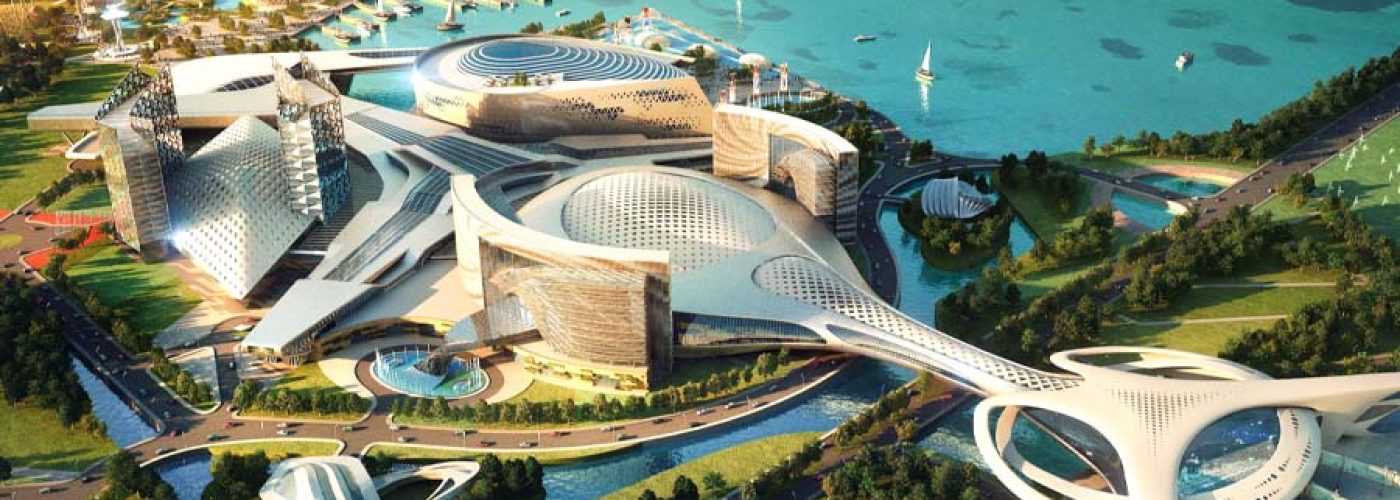As sustainability becomes a central concern across industries, the casino sector is undergoing a quiet transformation. No longer just havens for luxury and gaming, modern casinos are now expected to operate with environmental responsibility in mind. From energy use to construction materials, developers are rethinking how casinos are built and maintained. These changes reflect a growing demand among both regulators and customers for greener, more efficient spaces that don’t compromise on design or experience.
Online Gambling Has Been Disruptive in a Good Way
Alongside this movement toward environmental sustainability, the growth of online casinos has been massive. For instance, with so many players preferring sites like a casino with no KYC, this model reflects a parallel shift toward user-friendly, privacy-focused platforms. These casinos allow players to sign up and begin gaming without submitting identification documents, reducing onboarding time and increasing accessibility.
Many local players find them appealing not only for their ease of use, but also for offering faster withdrawals, broader crypto support, and fewer restrictions. In a digital world where both privacy and efficiency matter, these platforms are becoming increasingly popular. From a sustainability sense, they make better sense too then to build gigantic resorts that utilise significant energy, water, and materials to maintain.
Online platforms require far fewer physical resources and generate a much lower environmental footprint. While they don’t replace the social or architectural allure of physical casinos, they do present a greener alternative for modern gamblers who prioritise convenience, speed, and environmental responsibility. As digital infrastructure improves, the shift toward these streamlined platforms is likely to accelerate—reflecting both technological progress and shifting consumer values.
Energy-Efficient Building Design
One of the most effective ways casinos are reducing their environmental footprint is through the integration of energy-efficient architecture. This includes advanced insulation systems, high-performance glazing, and smart climate control technologies. These features reduce the demand for artificial heating and cooling, significantly cutting energy consumption in large, high-traffic environments.
Casinos are also implementing systems that automate energy usage based on real-time occupancy. Lighting, ventilation, and temperature controls are adjusted automatically depending on how many people are using the space. This ensures that energy isn’t wasted when rooms or gaming floors are not in full use, while also maintaining a comfortable environment for guests.
Sustainable Construction Materials
Many of the latest casino developments are turning to sustainable materials during construction. This includes using recycled steel, reclaimed wood, and low-VOC (volatile organic compound) paints and sealants. Such materials not only reduce the building’s environmental impact but also contribute to better indoor air quality—a critical factor in spaces where people may spend long periods of time.
Sourcing materials locally is another key strategy. By using products and supplies found within the region, casinos reduce the carbon footprint associated with transport and support the local economy. This approach also allows developers to design buildings that reflect regional aesthetics and traditions, creating spaces that feel both modern and culturally relevant.
Water Conservation and Waste Reduction
Water usage in casinos is substantial, particularly in resorts with large hotel wings, restaurants, and landscaped areas. To combat this, many establishments are installing water-saving fixtures such as low-flow taps, dual-flush toilets, and smart irrigation systems. Greywater recycling—where wastewater from sinks and showers is reused for non-drinking purposes—is also gaining traction.
On the waste side, casinos are implementing wide-reaching recycling programmes and minimising single-use plastics across restaurants and hospitality areas. Some even use composting systems to process food waste, reducing landfill output and supporting nearby agricultural efforts. Together, these measures make casinos more resource-efficient and environmentally sound.
Green Certifications and Long-Term Strategy
Achieving certifications such as BREEAM or LEED has become a key objective for many casino operators aiming to demonstrate their commitment to sustainability. These standards require rigorous auditing of everything from construction methods to ongoing operations. Certifications not only build trust with environmentally conscious guests but also signal long-term investment in sustainability.
More broadly, green strategies are now being baked into the business models of many casino operators. Whether it’s developing solar-powered sites, integrating EV charging stations, or publishing annual sustainability reports, the message is clear: responsible environmental practices are becoming a non-negotiable part of the future of gaming and hospitality.
Conclusion
Modern casino design is no longer just about spectacle—it’s also about responsibility. By embracing green technologies, using sustainable materials, and reducing resource consumption, casinos are stepping into a new era of innovation.
For both digital and physical spaces, the expectation is the same: provide a high-quality experience without compromising the planet. It’s a tall order, but as these projects show, it’s one the industry is starting to meet head-on.





